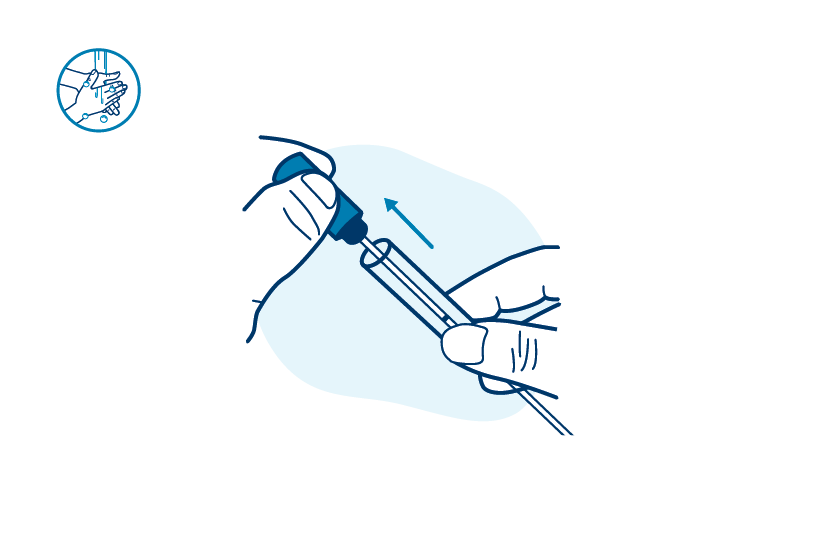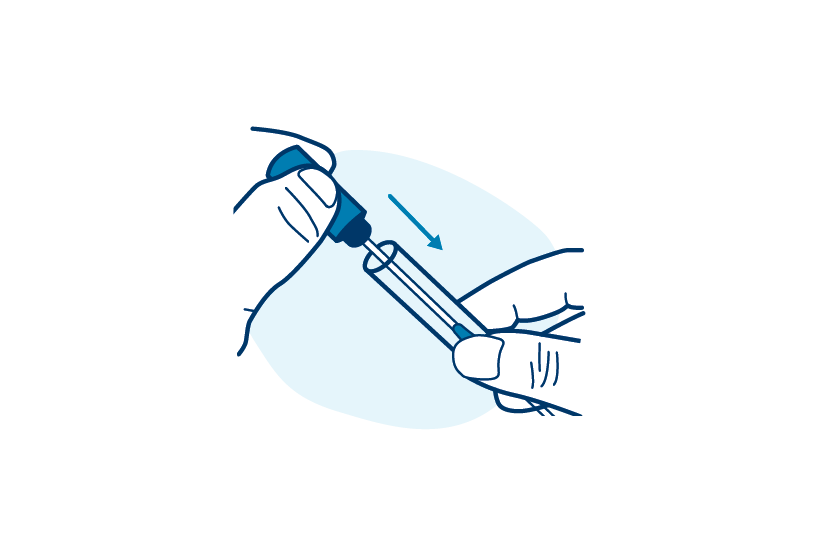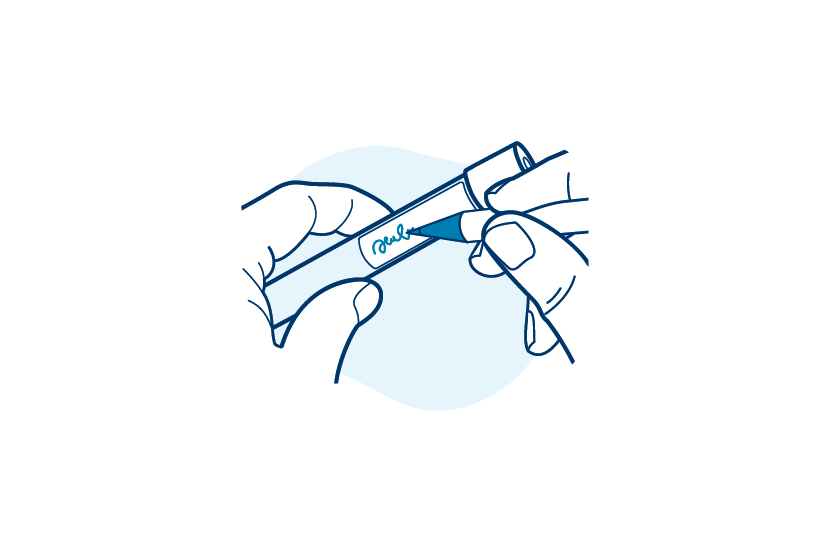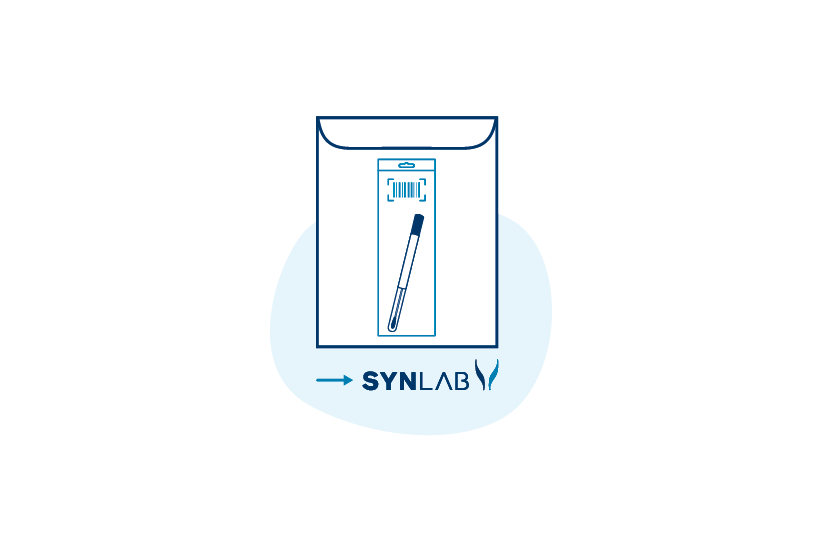[[titleTag|See instructions for blister sample collection of herpes testing. A herpes test can only be performed if a visible blister is present. A specimen should not be collected if the blistering rash has healed and crusted over, as the virus may no longer be present in the sore and the test may give a false (false negative) result.]]
[[instructionDetailTag|1|STEP|To collect the specimen, use the swab attached to the cap of the plastic tube (the thin plastic tube with the cotton swab). Wash your hands carefully before collecting the sample. Remove the cap with the attached cotton swab from the tube.|#| ]]
]]
[[instructionDetailTag|2|STEP|With the tip of the cotton swab collect the fluid from the blister(s) onto the swab.|#| ]]
]]
[[instructionDetailTag|3|STEP|Then place the swab back into the tube.|#| ]]
]]
[[instructionDetailTag|4|STEP|Write the date sample was collected on the tube.|#| ]]
]]
[[instructionDetailTag|5|STEP|Place it in a special plastic bag (included in the package) and in an envelope. Close the security envelope carefully. |#| ]]
]]

 Booking for sampling
Booking for sampling
 Panels
Panels
 Single tests
Single tests
 Home tests
Home tests
 Consultations
Consultations
 Gift cards
Gift cards
 SYNLAB Bus
SYNLAB Bus
 Children
Children
